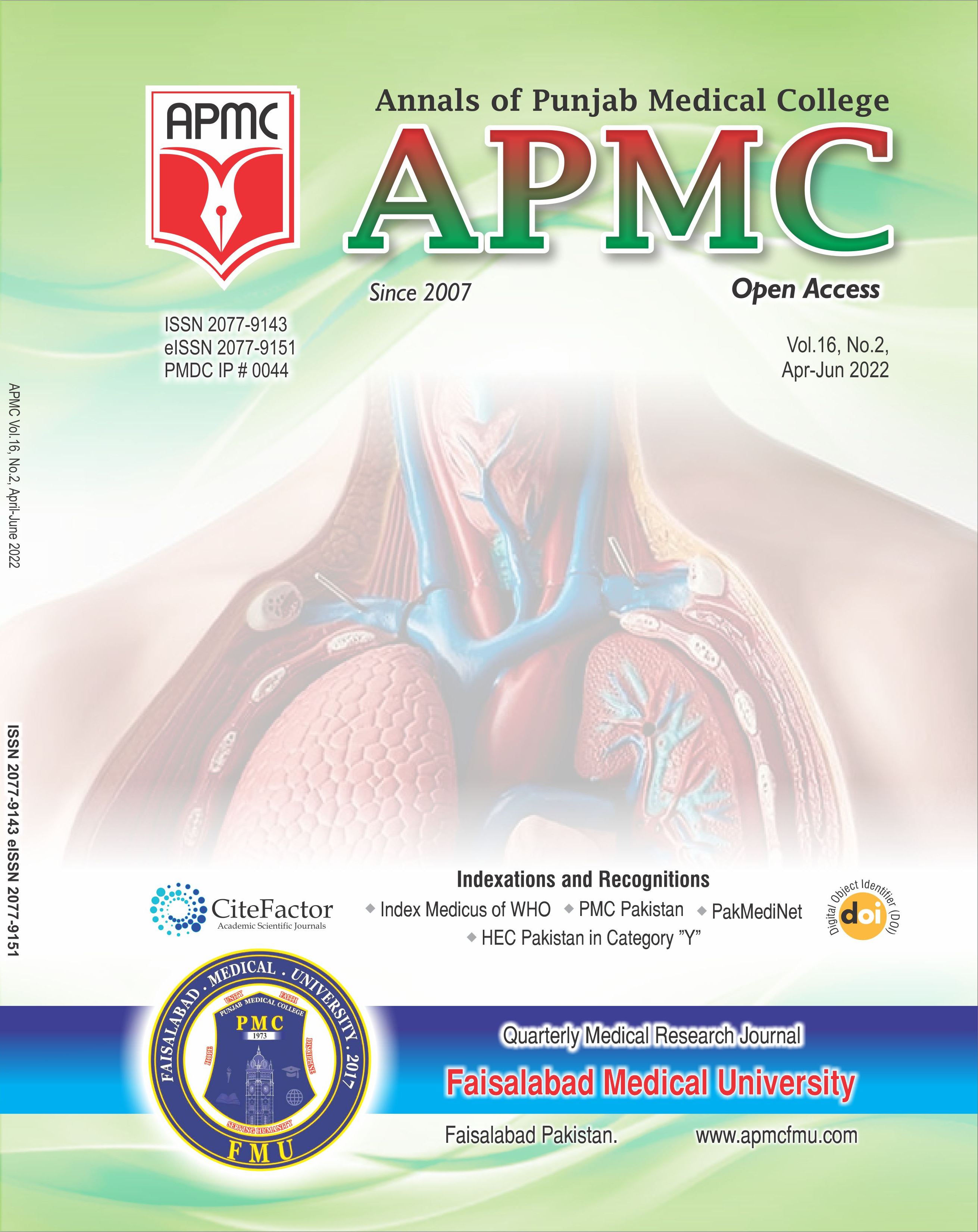Role of Obstructive Sleep Apnea and Body Mass Index on Semen Parameters of Infertile Men
Abstract
Background: Over the course of the last several years, sleep apnea and infertility have gained a significant amount of momentum. As a result of the vicious cycle that is formed when obesity, infertility, and obstructive sleep apnea interact with one another, their connections are under constant scrutiny. Objective: The objective of this study is to investigate the relationship between body mass index (BMI) and obstructive sleep apnea (OSA) in infertile men. Study Design: Cross-sectional study. Settings: Research was conducted at Department of Medicine and Endocrinology Fatima Memorial Hospital, Lahore Pakistan. Duration: From July 2021 to December 2021. Methods: Within this cross-sectional study, there were a total of seventy male participants who were infertile. The BMI was used to classify each person into one of many categories. The STOPBANG questionnaire was used to complete the screening for obstructive sleep apnea, and the score technique was used to accomplish the risk stratification. Results: In this study, out of seventy respondents 19 (27.1%) had a normal body mass index, whereas 30 (42.8%) were overweight and 21(30%) of the subjects were obese. According to the categorization of OSA, Low risk was found in 24 (34.2%) subjects, 20 (28.5%) were at intermediate risk and 26 (37.1%) of people had a high risk for OSA. In men with infertility, a high risk of OSA was shown to be significantly connected with sperm concentration (p = 0.001), but a high BMI was found to be strongly associated with sperm volume and sperm concentration (p = 0.001). Conclusion: It's possible that certain basic characteristics have a relationship with both the risk of OSA and an increased BMI. As a result, being checked for obstructive sleep apnea and maintaining a healthy weight may both boost reproductive potential.

 This work is licensed under a
This work is licensed under a 